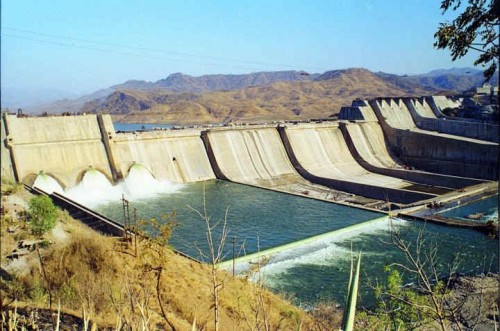Just north of the border between Egypt and Sudan is the Aswan Dam. It is a large breakwater dam that captures the longest river in the world, the Nile River. The dam, known as Saad el Aali in Arabic, was completed in 1970 after ten years of work.
Egypt has always depended on the waters of the River Nile. The two main tributaries of the River Nile are the White Nile and the Blue Nile.
The sources of the White Nile Sobat are the Bahr al-Jabal (The "Nile Mountain") and the Blue Nile begins in the highlands of Ethiopia. The two tributaries converge in Khartoum, the capital of Sudan, where they form the Nile River. The Nile River has a total length of 4.160 miles (6695 kilometers) from source to sea.
Nile floods
Before the construction of a dam in Aswan, Egypt experienced annual floods from the Nile River that deposited four million tons of nutrient-rich sediment that enabled agricultural production.
This process started millions of years ago before Egyptian civilization began in the Nile River Valley, and lasted until Aswan's first dam was built in 1889. This dam was insufficient to hold the water of the Nile and was subsequently erected in 1912 and 1933. In 1946, the real danger was revealed when the water in the reservoir peaked at the top of the dam.
In 1952, the interim government of the Revolutionary Council of Egypt decided to build the Aswan Dam, some six kilometers upstream from the old dam. In 1954, Egypt applied for loans from the World Bank to help pay for the cost of the dam (which eventually added up to a billion dollars).
Initially, the United States agreed to loan Egypt money, but then withdrew its offer for unknown reasons that some speculate may have been due to a conflict between Israel and Egypt. The United Kingdom, France, and Israel invaded Egypt in 1956, shortly after Egypt nationalized the Suez Canal to help pay for the dam.
